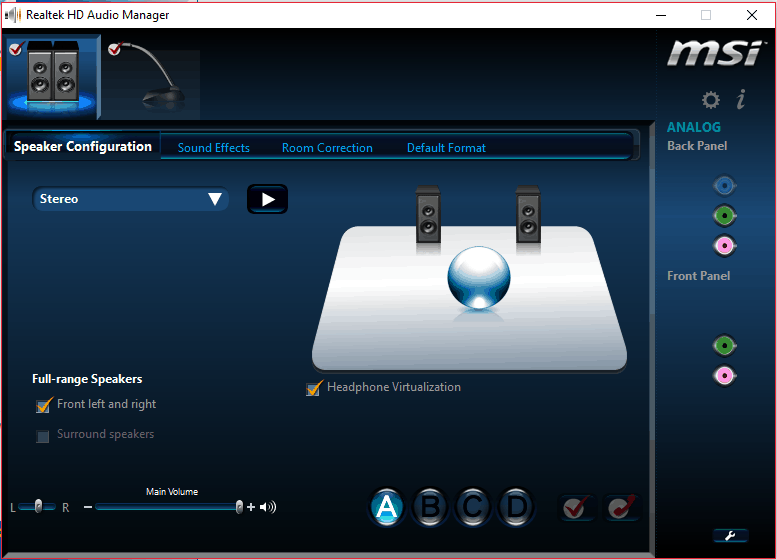
.mp3 levelator for mac#
The bundle id for The Levelator for Mac is. The most recent setup file that can be downloaded is 18.1 MB in size.

Our built-in antivirus scanned this Mac download and rated it as 100% safe. Our software library provides a free download of The Levelator 2.1.2 for Mac. Download the latest versions of the best Mac apps at safe and trusted MacUpdate Download, install, or update Levelator for Mac from MacUpdate. Import that into HitFilm, and you have a nice, clean audio.Levelator 2.1.2 - Adjusts audio levels within podcast or other audio file. A nice thing with Audacity is that you can copy the track as many times as you want, making tweaks this way and that, then using the best for exporting as an. There are many other effects, including Click Removal, and getting rid of extraneous background noises. One can use Normalize, setting the max db. Within Audacity, one can easily raise or lower volume in certain sections. I have HitFilm Express 16, and could not find that, but there is a preset that can be added for exporting as a.

One suggestion was to use the "Render Video" preset. A suggestion above said that one could use Audacity for editing sound. I added a bit of voiceover at the beginning in HitFilm, did a bunch of trimming, and pretty much got things where I wanted.
.mp3 levelator mp4#
mp4 using a screen view of Active Presenter with mic.
.mp3 levelator how to#
I was putting together a video on how to do basic editing on Audacity for choral folks whose voices are being combined. Levelator download: can best be done with Audacity (a great free sound program), and it is actually simple. I tag here because I referred him to Levelator and I expect he'll agree it's easier to bounce a render through an audio editor and run it through Levelator than mess around with compression settings. Levelator hasn't been updated in a long time, but it does a fantastic job. Just drag a file to Levelator and it spits out an output. Levelator requires a WAV file (so you'd have to bounce a Hitfilm render through Audacity to save out the WAV) but is super easy to use. It's an old program designed to even out vocal levels for podcasts. This is a clunky workaround as Hitfilm lacks audio-only exports. Without video the render goes very quickly. There's a trick in Hitfilm - you can turn off "Render Video" in an Export preset. This could be loaded back into Hitfilm for the final render. You might want to render out your film with a rough dialog-only edit (get your cuts clean) to compress all the dialog in one shot. However, since Hitfilm doesn't apply track-level effects (filters must be added to individual clips), this would involve compression on one quiet clip, then copy/paste to each other clip.Īudacity is better than Hitfilm for audio editing - this is expected as Audacity is an audio editor that predates Hitfilm by well over a decade. Hitfilm has compression (Add-on for Express), so this COULD be done in Hitfilm. Compression squashes the loudness of a track above a certain threshold then raises the volume of the track overall. This can raise loud peaks to where they clip.Ī better tool is called Compression (Compressor or Compressor/Limiter). The second method raises the volume of the track so average loudness is -10dB. If a track is mostly really quiet with one loud bit you get a less quiet track with one Really Loud Bit. It just raises the volume of the clip until the highest peak is a max volume.

The first Normalization method is simple. I don't use Audacity, but think it does both. (tddavis) is on a good track here, but a little off on his description.


 0 kommentar(er)
0 kommentar(er)
